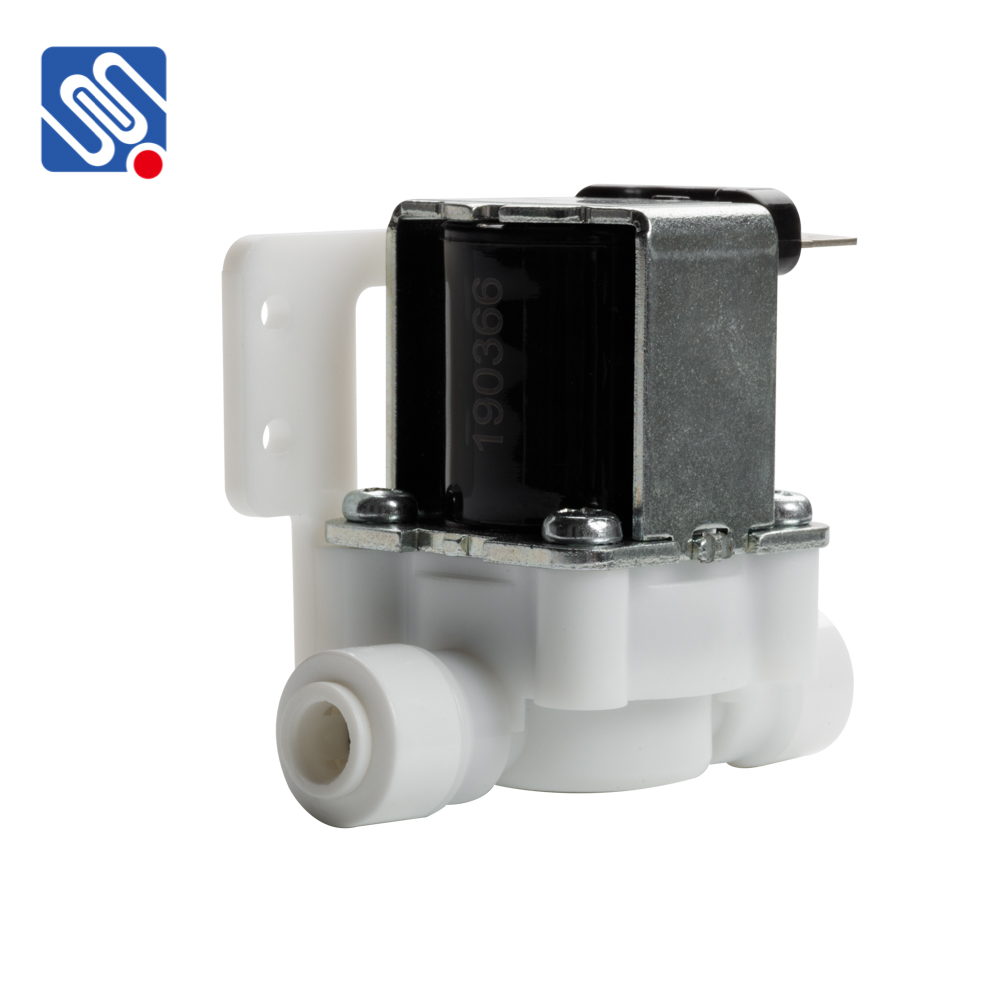In today’s world, clean and purified water is essential for a variety of applications, ranging from household consumption to industrial processes. Reverse Osmosis (RO) systems are one of the most widely used methods for water purification. One critical component that ensures the efficient operation of RO systems is the Reverse Osmosis Solenoid Valve. This small yet essential device plays a vital role in controlling the flow of water, maintaining system pressure, and ensuring that the filtration process operates smoothly.

What is a Reverse Osmosis Solenoid Valve? A Reverse Osmosis Solenoid Valve is an electrically operated valve used to regulate water flow in RO water filtration systems. It is typically designed to open or close the flow of water when it receives an electrical signal. The valve uses an electromagnetic solenoid to either open or close a passage, depending on the type of valve. It acts as an on/off switch for water flow, playing a crucial role in the automation and safety of the filtration system. The Working Principle of the RO Solenoid Valve The working principle behind an RO solenoid valve is simple yet effective. The valve consists of a solenoid coil that, when energized, generates a magnetic field that pulls or pushes a plunger or diaphragm, opening or closing the valve. When the system requires water to flow, the valve is activated by the control system, allowing water to pass through the filtration membranes. When the water needs to stop or be diverted, the solenoid valve automatically shuts off or redirects the flow.